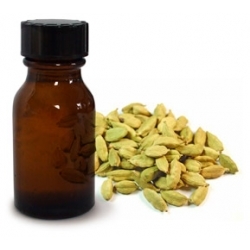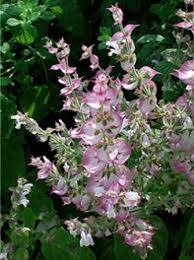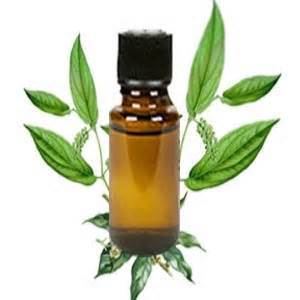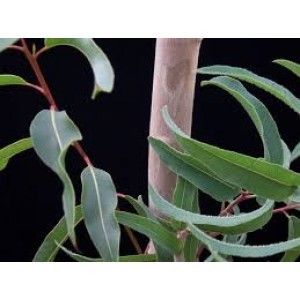
Cardamom Oil
Product Details:
- Storage Dry Place
- Volume 1 Liter (L)
- Odour: Natural
- Purity 100%
- Raw Material Seeds
- Gender Male
- Appearance Pale Yellow
- Click to view more
Cardamom Oil Price And Quantity
- 1 Liter
- 12000.00 - 35000.00 INR/Liter
- 12000 INR/Liter
Cardamom Oil Product Specifications
- Fragrance Compound
- All Age Group
- Male
- 100%
- Seeds
- 3 Years
- Pale Yellow
- Pure Essential Oils
- Herbal Extract
- Store in cool dry place
- 1 Liter (L)
- Dry Place
- Natural
Cardamom Oil Trade Information
- jaipur
- Western Union Paypal Letter of Credit (L/C) Delivery Point (DP) Letter of Credit at Sight (Sight L/C) Telegraphic Transfer (T/T) Days after Acceptance (DA) Cash in Advance (CID) Cheque
- 1000 Liter Per Week
- 4 Days
- Yes
- Sample costs shipping and taxes has to be paid by the buyer
- Customized
- South America Western Europe Asia Australia Eastern Europe Middle East Africa Central America North America
- All India
- ISO
Product Description
True Cardamom (Elettaria cardamomum) Scientific classification Kingdom: Plantae(unranked): Angiosperms(unranked): Monocots(unranked): CommelinidsOrder: Zingiberales Family: Zingiberacea.
Cardamom is a typical ginger-type plant except that it is huge, standing as much as 12 ft tall. Thick, fleshy rhizomes give rise to erect shoots that bear two rows of linear-lance-shaped leaves each about 2 ft long. The leaves are smooth and dark green above, silky and paler beneath. They taper to an acute point. The inflorescences develop on separate, horizontal stems that spread along the ground. They are loose panicles about 2 ft long, consisting of many small blossoms that have white or yellowish petals with lilac veins and pink or yellow margins. The fruits are thin-walled, smooth-skinned, oblong, greenish capsules about 1-2 cm long. Each contains 15-20 aromatic reddish brown seeds. Cardamom pods are common in Indian cooking.
In South Asia, Green cardamom is often used to treat infections of the teeth and gums. It is also used against troubles of the throat, congestion of the lungs and pulmonary tuberculosis, inflammation of eyelids and also digestive disorders. It has been used to break up kidney and gall stones, and as an antidote against the poison of certain snakebites.







